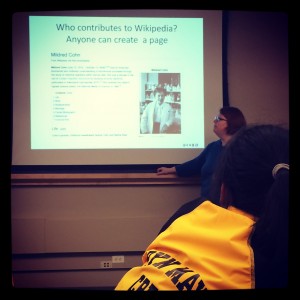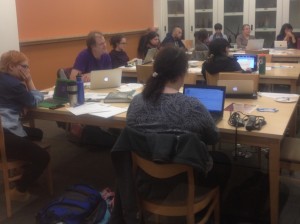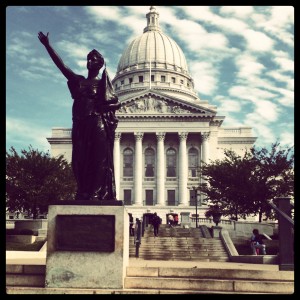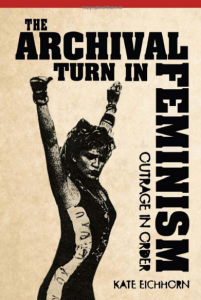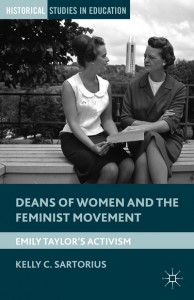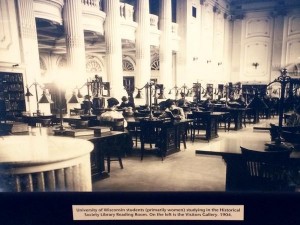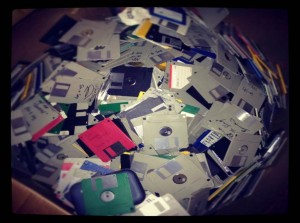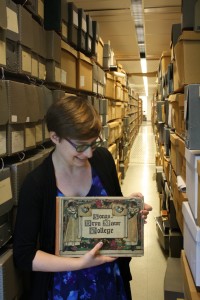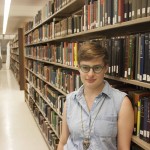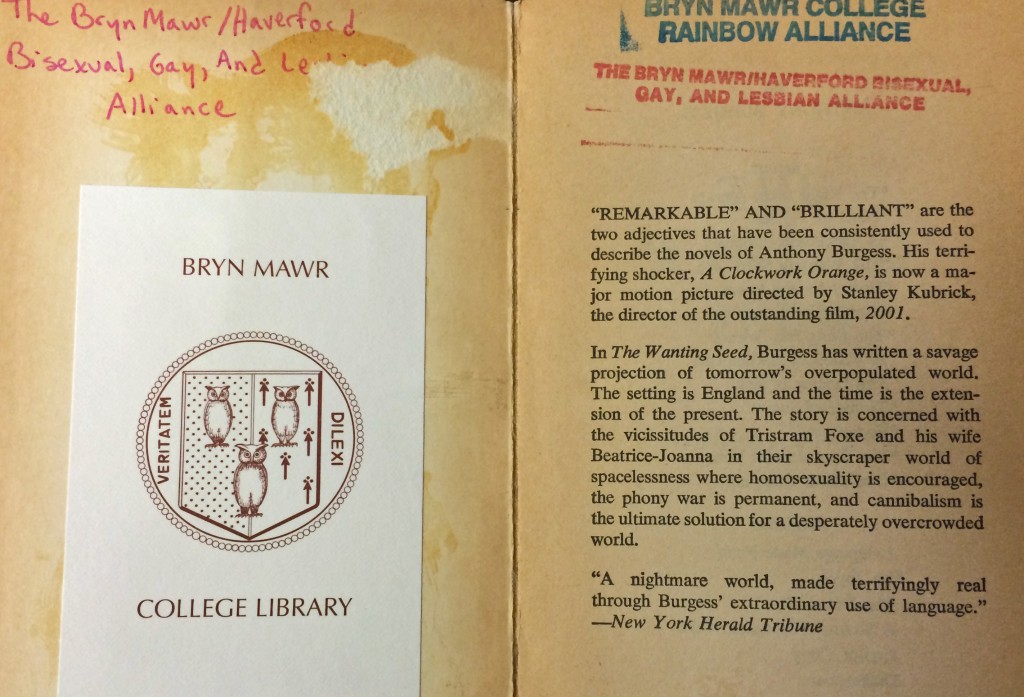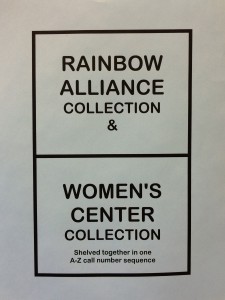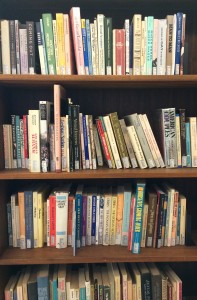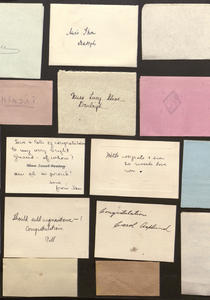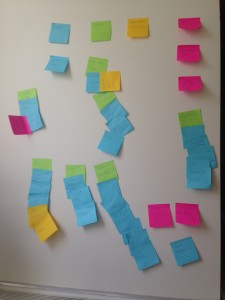Last Wednesday at Bryn Mawr Special Collections we hosted an evening dedicated to improving Wikipedia entries on women in science, technology, engineering and math. Reflecting our commitment to countering the skewed gender imbalance on Wikipedia, the event was the second Wikipedia edit-a-thon sponsored by the Greenfield Digital Center and built on the success of the #7SistersWiki gathering held in March 2014 for Women’s History Month.
The edit-a-thon drew a group of nineteen, including faculty, staff, and students from four local institutions. Nine participants had never edited the site before. We were joined by Mary Mark Ockerbloom, Wikipedian in Residence at Philadelphia’s Chemical Heritage Foundation, who opened the session with a lecture that proved useful to experienced and novice editors alike. Mary shared her best practices for writing and editing entries, reminding us that “people don’t want something new in Wikipedia, they want what is known.”
Slides and video from Mary’s talk can be viewed with the following links:
- What is Wikipedia? A guide to Wikipedia culture and best practices
- How to Edit: A guide to setting up an account and getting started as an editor
Attendees created one new article on physicist Elaine Surick Oran (Bryn Mawr College Class of 1966), which has been nominated to appear in the “Did you know” section (DYK) on the Wikipedia Main Page. Additionally, we began several other new entries for important Mawrters, including WWII cryptographer Julia Ward (Bryn Mawr College Class of 1926) and mathematician Marguerite Lehr (Bryn Mawr College Ph.D. 1923). Other participants edited existing records to reflect Bryn Mawr connections and archival collections.
To follow the conversation on campus, we captured tweets from the event in a TAGSexplorer visualization tracking the hashtag #BMCwiki, and in a Storify. We were also excited to see our tweets intersect with the work of #GWWI 3, The Global Women Wikipedia Write-In organized by Postcolonial Digital Humanities during the week of October 20.
The Greenfield Digital Center looks forward to hosting our next edit-a-thon during Spring 2015, as part of the Art + Feminism Wikipedia event collective. Stay tuned for details!
Additional Resources
- Bryn Mawr College Wikipedia Meetup Page
- Evan McGonagill, “Writing the Collective Record: On Delving into Wikipedia” (January 15, 2014)
- Jacqueline Wernimont, “A very short history of Wikipedia” (October 7, 2014)

